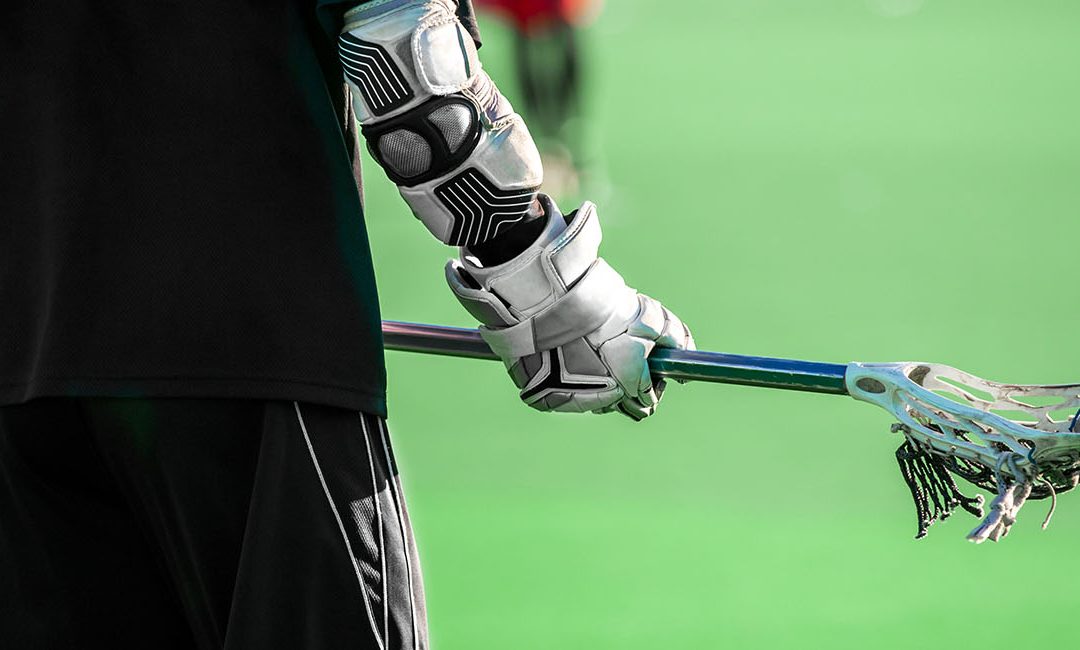The forearm is primarily made up of two main bones- Ulna and the Radius. The radius lies towards the thumb while the ulna lies towards the side of the little finger. Growth plates or cartilage tissues are present near both the ends of the ulna as well as radius and these are the points where the bones grow till the child attains adulthood.Forearm fracture is a common injury among children. Since the children are in a growing stage, their bones tend to heal faster as compared to adults. A forearm fracture can occur at the distal end near the wrist, in the middle or at the proximal end which lies near the elbow. However, it is imperative to seek immediate medical attention in case of a fracture so that it does not result in permanent disability. The time required for healing depends on the severity of the injury.
Causes
- A direct fall on an outstretched arm or hand
- A direct hit on the forearm
- Sports injury in children
- Activities such as tumbling, wrestling, jumping or skipping
Symptoms
- Pain which may get severe
- Inability to move the arm
- Numbness may be felt in the hand
- Bruise, swelling, redness may occur at the point of injury
- Visibly deformed forearm
- In case of severe injury bone/bone pieces may be seen pushing out of broken skin
Diagnosis
- Detailed analysis of the time and cause of injury
- Physical examination of the arm, wrist, hand and elbow by the doctor
- X-ray imaging may be done to assess the severity of damage to the bones and surrounding tissues or ligaments
- Evaluation of the child’s medical history
- The doctor may also conduct tests to check nerve damage
Treatment
- The orthopedic doctor may recommend the patient to put the injured forearm in a cast or sling for a specified period of time.
- Closed Reduction Technique, i.e. manual pushing of displaced bones by the doctor to return them to their normal position.
- Medicines may be prescribed to combat pain, inflammation and prevent infection if the skin is bruised or cut.
- Open Reduction Technique, a surgical procedure in which the skin is cut open and the bones are put back into position using screws, metal pins or implants.
- Physical therapy may be required in some cases to treat stiffness of joints after the arm is removed from the cast or splint.
We, at OrthoTexas, provide comprehensive treatment for forearm fracture.


